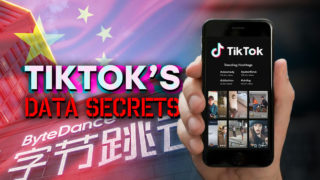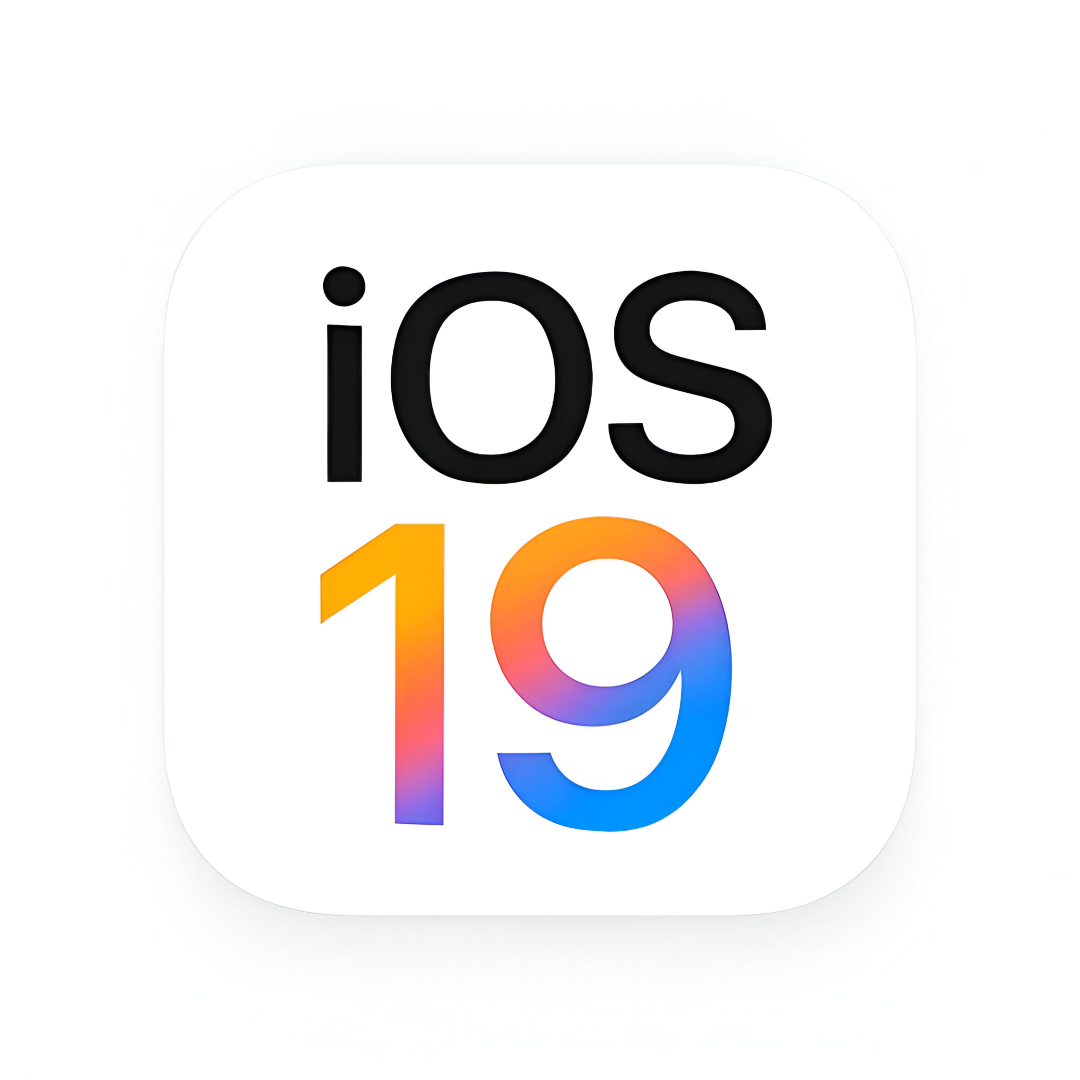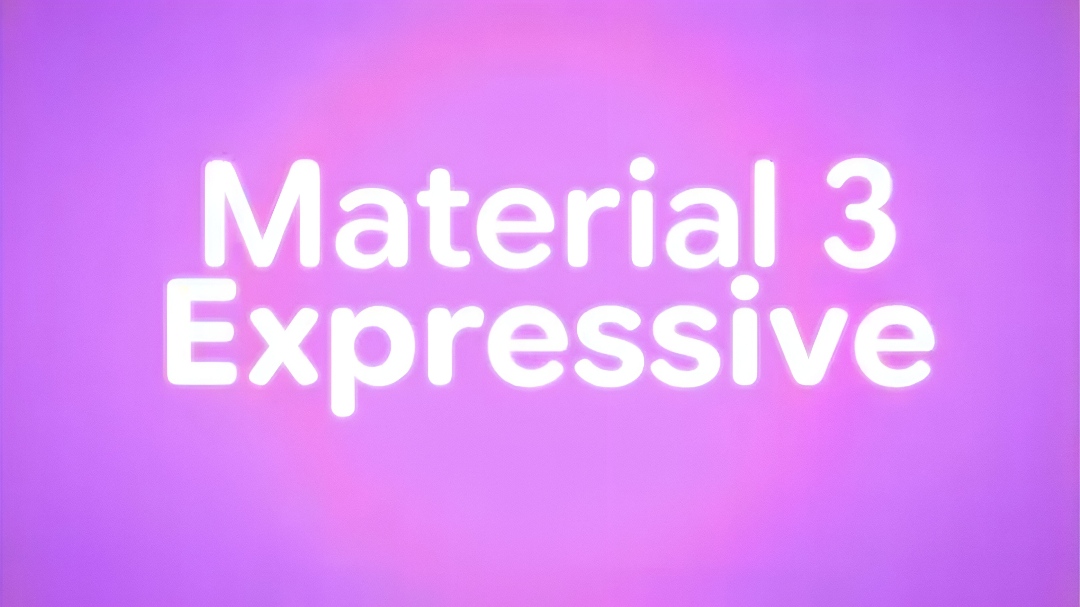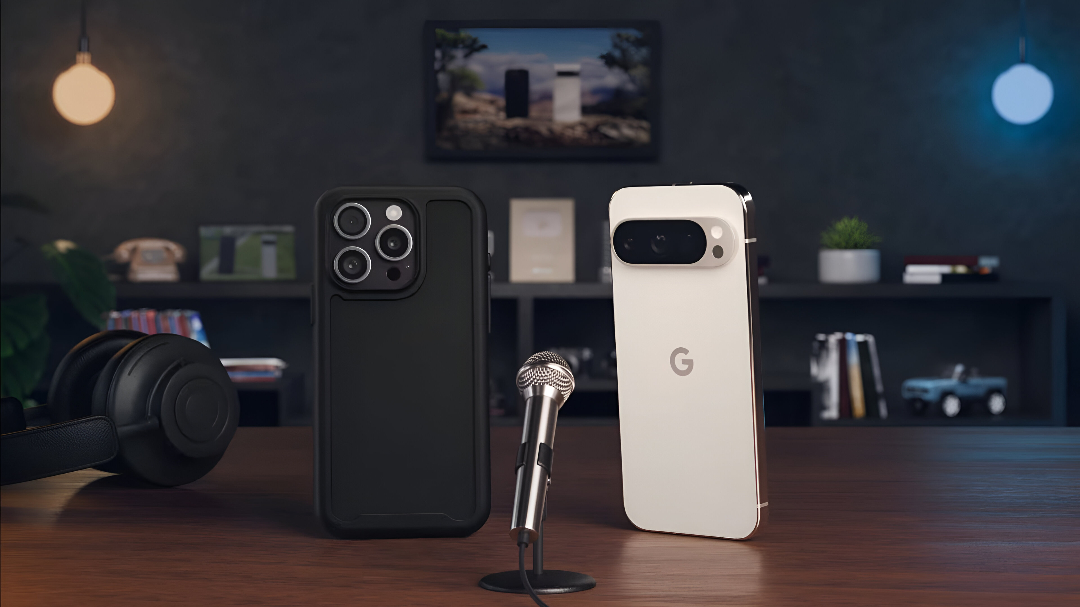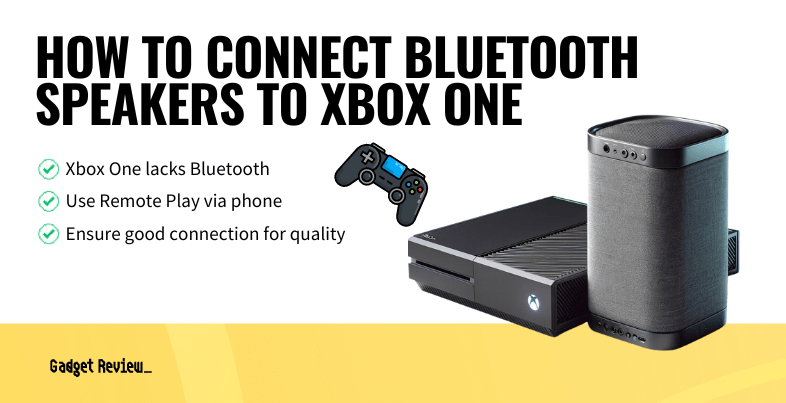Remember the days when your bedroom desk held a Walkman, a stack of CDs, and maybe even a floppy disk or two? The tech graveyard gets bigger every year as new inventions push our old favorites into history. The digital revolution changed everything about how we talk to each other, save our files, and enjoy music and movies – leaving gadgets like landlines, PDAs, and VCRs behind. Some classics, like The Walkman, found new life in different forms. But others, like those chocolate-covered Kudos bars and crunchy PB Crisps, disappeared forever, living on only in our memories. Some companies tried hard to stay relevant – Blackberry kept going until 2022 before finally shutting down their phone service, while Pontiac fought until 2010 before closing during the financial crisis – but most of these 27 products have simply quietly folded.
27. Landline Phones

In 2003, there were approximately 1.3 billion landline phones in use worldwide. However, the rise of cell phones has dramatically changed the landscape of communication. AT&T and Verizon have signaled plans to discontinue traditional landline services, and the market for landline phones is projected to continue shrinking, with a notable decrease in demand and market share. This decline is attributed to the rise of mobile phones and VoIP technology, which offer more features and convenience. As of 2023, less than 30% of U.S. households have operational landlines, down from over 90% in 2004.
26. Overhead Projectors

Overhead projectors have been largely replaced by document cameras and similar technologies. 3M discontinued the production of overhead projectors in 2015, which put a significant chunk of projectors on “life support”, so to speak. Some still exist in certain settings, but they are not widely used in many modern classrooms due to their limitations compared to newer technologies.
25. Dedicated GPS Devices

Dedicated GPS devices have seen a significant decline in popularity due to the rise of smartphones equipped with mapping applications, which offer similar functionalities at a lower cost and greater convenience. Major manufacturers like TomTom have ceased production of standalone GPS units in the US, and Garmin remains the only significant player in the market. The decline is attributed to changing consumer preferences and the convenience of smartphone apps like Google Maps and Apple Maps, which have made standalone devices feel obsolete.
24. Aspergum

Aspergum was a revolutionary product introduced in the 1920s, combining the benefits of aspirin with the convenience of chewing gum. This medicinal gum was designed to alleviate sore throats and other ailments. It was discontinued in 2006 due to safety concerns. Specifically, it was causing more gum erosion than pain relief. Retrobrands USA LLC acquired the trademark in 2016 with plans to re-launch it, but it has not yet returned to the market.
23. Library Card Catalogs

Before the digital age, library card catalogs were essential tools for researchers and book lovers alike. These massive drawers filled with index cards helped patrons locate books within vast collections. However, the advent of online catalogs has rendered these physical systems obsolete.
The last library cooperative that printed catalog cards, OCLC, officially ceased production in 2015, marking the end of an era for this traditional library system, which has been largely replaced by online public access catalogs (OPACs).
22. Napster and LimeWire

These file-sharing services exist today – but they aren’t what they once were. Napster is currently active as a music streaming service with a focus on Web3 and NFTs, despite the liquidation of its UK entity. LimeWire, on the other hand, has been revived as an AI-focused content platform.
21. Typewriters

Typewriters were once the backbone of written communication, producing documents with a distinct clacking sound. From the late 1800s to the 1980s, typewriters were ubiquitous in offices and homes. However, the rise of computers and word processors rendered them nearly obsolete.
It’s worth noting that typewriters aren’t fully “dead” – they still hold nostalgic value for typing enthusiasts and because of that, a market for them exists. However, their practicality has diminished in the digital age, and for your average office worker, the typewriter functionally doesn’t exist anymore.
20. Compaq Computers

Compaq revolutionized personal computing in the 1990s by making PCs more affordable and accessible to everyday users. The company sold over 10 million computers in 1999 alone, becoming America’s largest PC manufacturer. However, by 2000-2001, Compaq’s market share was falling, and its stock price had dropped significantly. The company was caught in a difficult position as PC profit margins shrank industry wide. Price wars with Dell and other manufacturers cut into profits, while attempts to move into higher-margin enterprise services weren’t succeeding quickly enough to offset the decline in their core PC business.
In 2002, Hewlett-Packard acquired Compaq for $25 billion—at the time, the biggest merger in tech history. Initially positioned as an equal merger, Compaq continued to languish, and eventually HP retired the Compaq name in 2013. The brand’s legacy lives on in features we still use today, like the first portable IBM-compatible PC and plug-and-play hardware that made computers easier to upgrade, but the name itself is now largely a footnote for the history books.
19. Physical Encyclopedias

The World Book Encyclopedia is currently the only general reference encyclopedia still published in print – so encyclopedias aren’t “gone”, per se, but they do exist in a very niche market. The decline in popularity of physical encyclopedias is largely thanks to the rise of digital resources like Wikipedia, which offer more up-to-date information and are more immediately accessible. However, some people still value physical encyclopedias for their reliability and the browsing experience they provide, which is different from online searches.
18. Laser Discs

Laser discs were a short-lived format that offered superior video and audio quality compared to VHS. Despite their initial popularity among film enthusiasts, they never gained widespread acceptance in North America. The format was eventually abandoned in favor of DVDs, which provided a more convenient and cost-effective option.
The last known production of LaserDisc players ended in July 2009, and the last film released on LaserDisc was in 2000. The high cost of LaserDiscs and players contributed to their decline in popularity. Interestingly (and unfortunately), surviving examples of LaserDiscs have glue that is deteriorating, leading to concerns about their preservation.
17. Kudos Bars

Kudos bars were a popular snack in the 1980s and 1990s, marketed as a healthier alternative to traditional candy bars. They were still coated in candy though, and their sugary content and lack of nutritional value led to their decline. In 2017, the company confirmed that Kudos bars were officially discontinued, leaving fans nostalgic for their favorite treat.
Despite their discontinuation, Kudos bars remain a fond memory for many who grew up enjoying them. Their catchy jingle and unique flavors continue to evoke nostalgia.
16. PB Crisps

PB Crisps was a unique snack introduced by Planters in the 1990s, combining peanut butter with a crunchy cookie exterior. Despite their initial popularity, they disappeared from shelves after just three years. Low overall sales, quickly waning popularity and the cost of keeping production running all compounded and ultimately led to the discontinuation of the snack.
15. CD Binders

CD binders were once essential for organizing music collections, providing a neat and accessible way to store CDs. However, with the decline of physical media and the rise of digital music, CD binders have become obsolete – unless you have a very large collection of CDs. As such, CD binders aren’t “gone” – but they have such a tiny presence that many people (particularly younger generations) could go their entire lives without seeing or hearing about one.
14. Delia’s Catalog

Delia’s catalog was a popular fashion resource in the 1990s, offering trendy clothing options delivered right to consumers’ doors. However, the rise of online shopping led to the catalog’s decline, as consumers shifted to digital platforms for their fashion needs.
It faced financial difficulties and filed for bankruptcy in 2014. The brand has since been revived under Dolls Kill, making it available again, albeit in a different format – if you were fond of paper catalogs, you’re out of luck.
13. PDAs
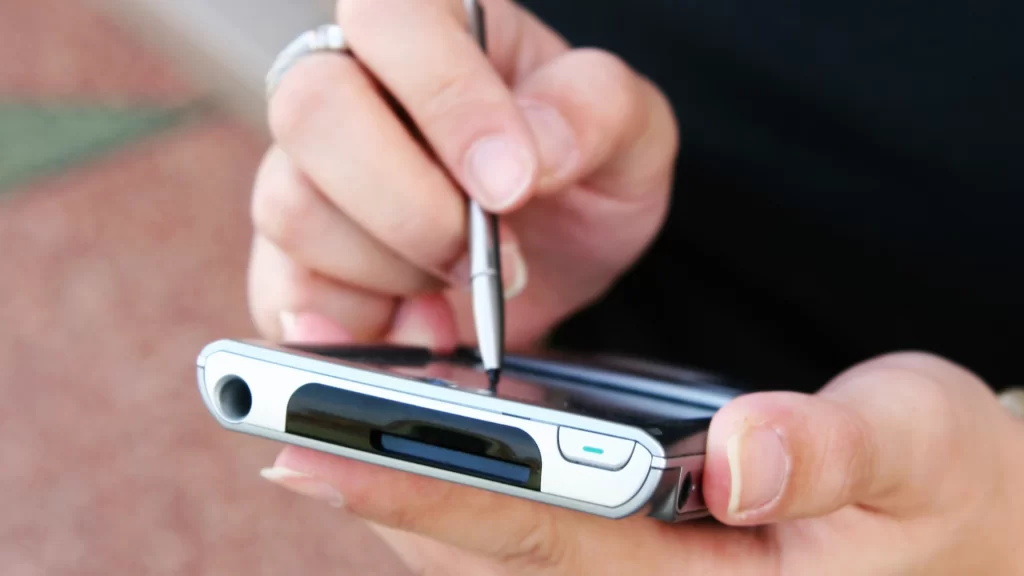
Personal Digital Assistants (PDAs) were once considered cutting-edge technology, offering features like internet access and messaging.
PDAs were largely discontinued in the early 2010s due to the rise of smartphones, which offered more advanced features and capabilities. The market for PDAs saw a significant decline as smartphones became more prevalent, effectively replacing PDAs in most consumer applications. The last major PDAs were produced around 2010, and while some niche markets still use them, they are considered largely unsupported in the mainstream market.
12. Netscape Navigator
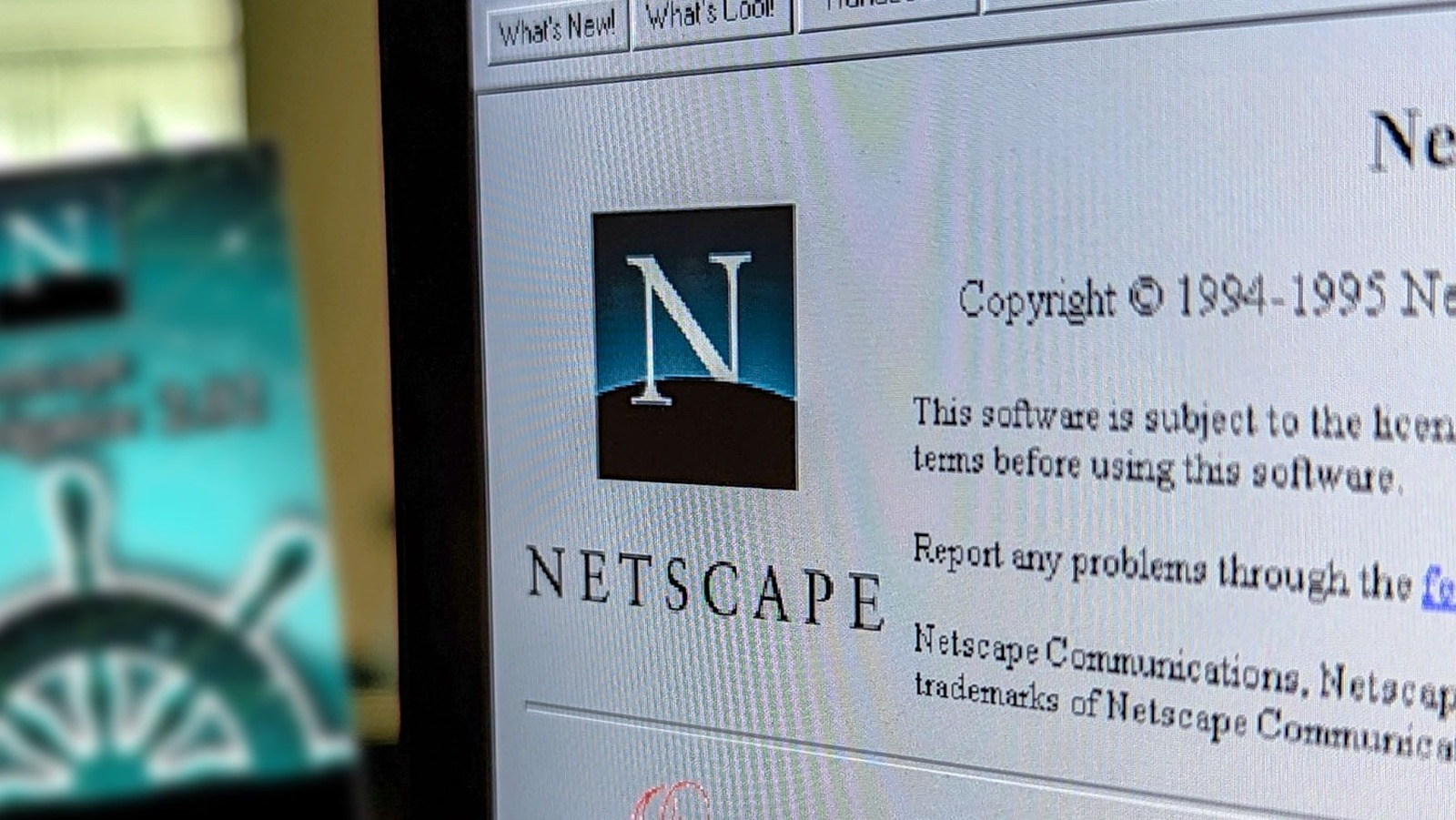
Netscape Navigator was once the dominant web browser but lost its market share to Internet Explorer due to Microsoft’s bundling practices. Support for Netscape was officially discontinued on March 1, 2008, after its user base dwindled to around 0.06%.
11. Floppy Disks

Floppy disks were once a standard method for storing and transferring data. However, the rise of USB drives and cloud storage has rendered them nearly obsolete. By 2007, floppy disks were collecting dust as more efficient storage solutions emerged.
The last new disks were manufactured by Sony in 2011. They are still used in niche industries such as medical equipment and certain aircraft, but for the average consumer, they’re functionally nonexistent.
10. 3G Phones
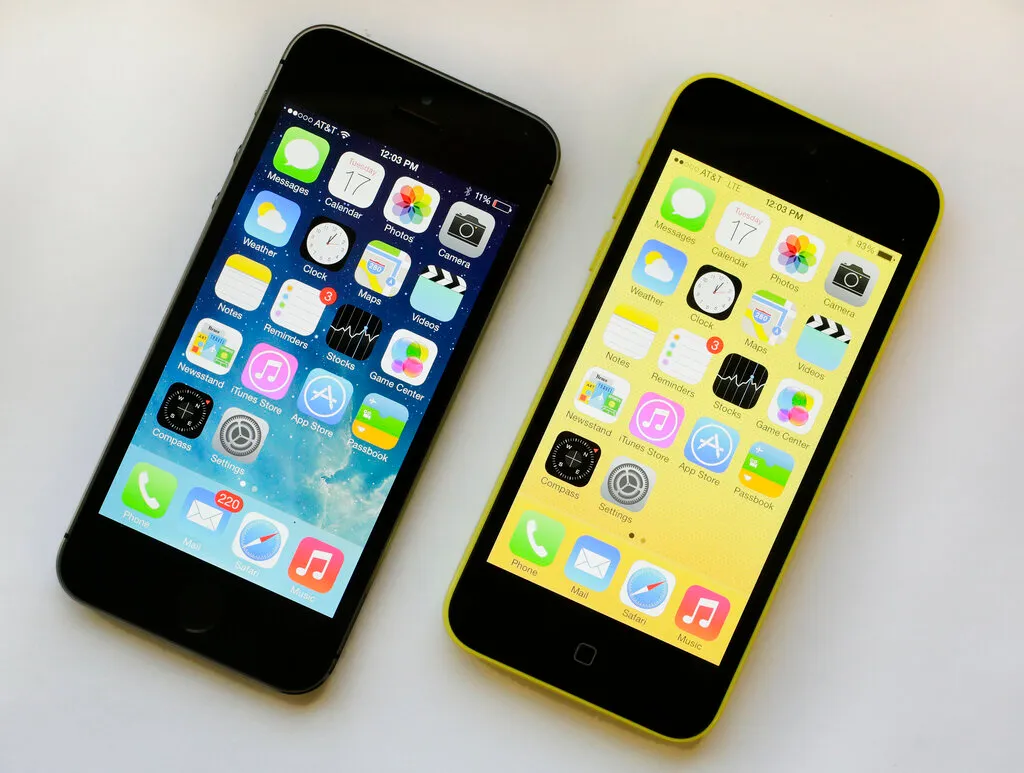
Major mobile network operators have shut down their 3G networks, with Verizon being the last to do so on December 31, 2022. This transition to 4G and 5G technologies has rendered 3G phones obsolete, as they can no longer connect to any mobile service, including emergency services.
9. Answering Machines
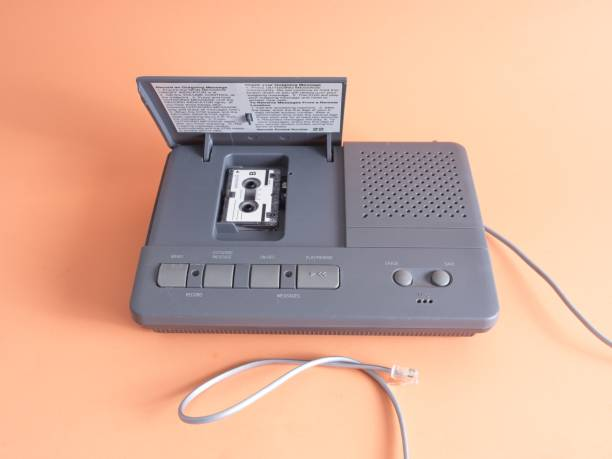
Answering machines were once a common household item, allowing users to record messages when they were unavailable to take calls. However, the rise of voicemail and mobile phones has led to their decline, as fewer people rely on landlines.
In fact, since the 1980s, the number of households with answering machines leveled off, and even before the introduction of cell phones and voicemail, standalone answering machines were already looking at an upcoming decline. Today, voicemail has largely taken over the functions that answering machines once provided, and while the answering machine is still available, it is often integrated into another device that is rapidly fading away: the cordless phone.
8. Kodak Cameras
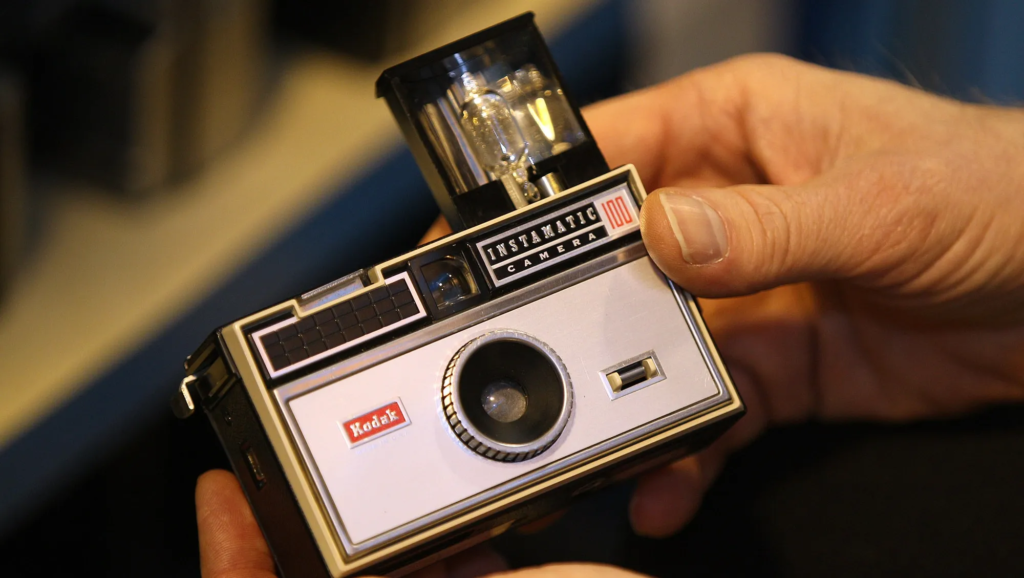
Kodak cameras were synonymous with photography for decades, known for their quality and reliability. Unwillingness to adapt to the increasingly digital landscape, however, meant Kodak exited the camera market in 2012, focusing instead on film production and commercial printing after filing for bankruptcy. The company has not produced new digital cameras since then.
7. Walkman
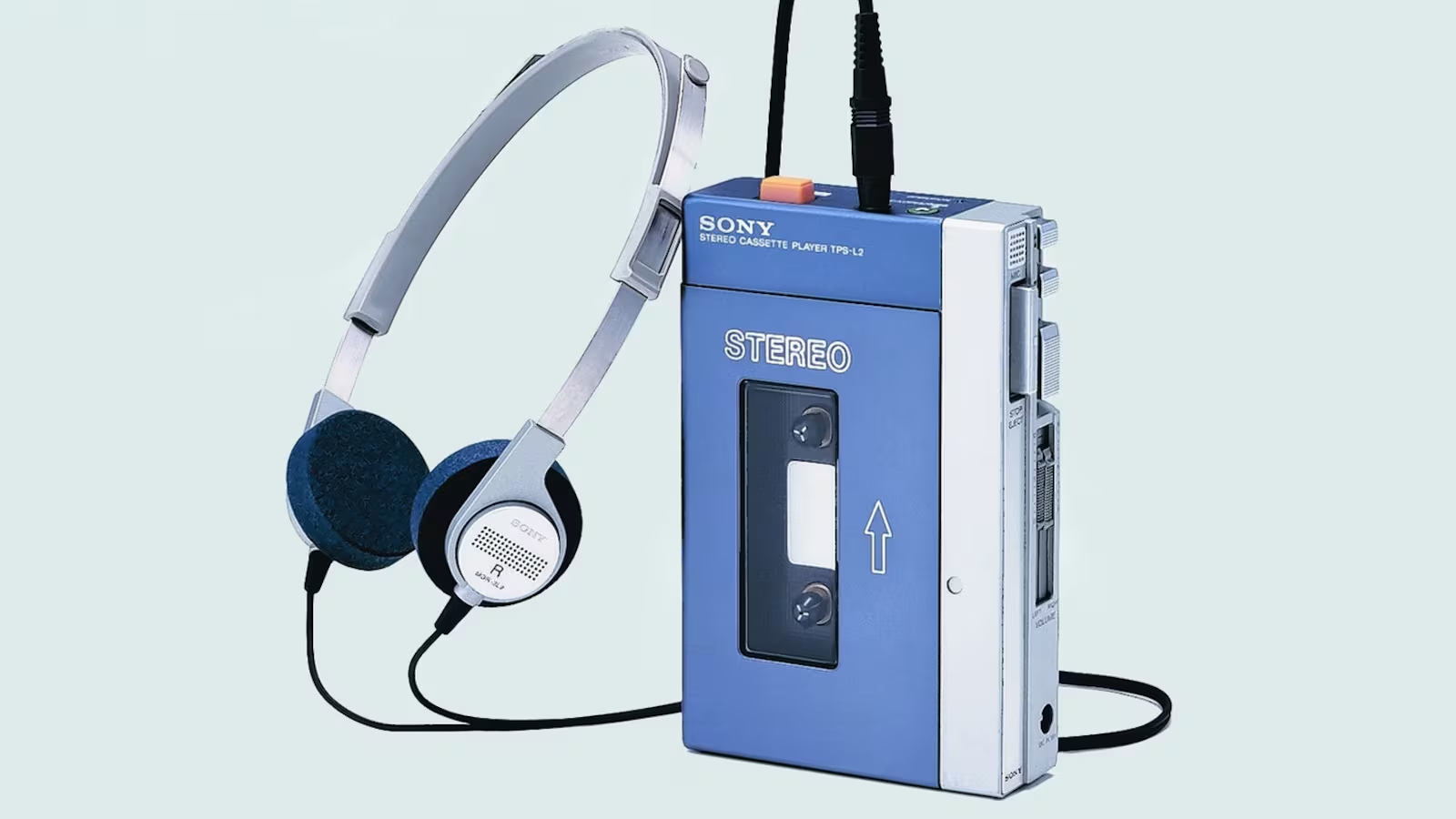
The Sony Walkman revolutionized portable music in the late 20th century, allowing users to enjoy their favorite tunes on the go. However, the rise of smartphones and digital music has rendered the Walkman as it was introduced functionally obsolete. The brand endures, however, because Sony has pivoted the Walkman into the high-resolution streaming player market. Walkman cassette players may be gone, but Walkman brand loyalty continues to thrive.
6. Tab
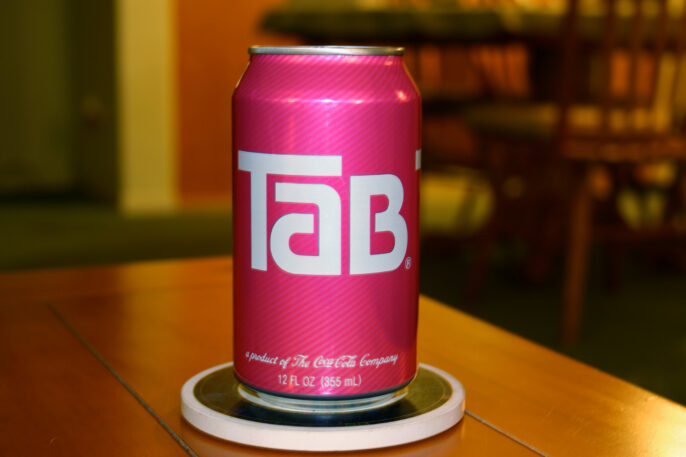
Tab was Coca-Cola’s first diet soda, introduced in the 1960s as a sugarless alternative. Despite its initial success, Tab struggled to compete with the introduction of Diet Coke in the 1980s, leading to its eventual discontinuation in 2020.
Coke ultimately killed the product one after nearly 60 years on the market due to crowding in the segment and the need to streamline its product offerings. Despite a loyal fan base, its market share had also significantly declined, further supporting the decision to remove it from the lineup.
5. Phone Booths

Phone booths have largely become obsolete due to the widespread adoption of mobile phones, leading to a significant decline in their numbers. As of 2023, there are approximately 100,000 payphones remaining in the U.S., down from over 2 million in the late 1990s. The last public phone booths in major cities are being removed, and many have been repurposed or replaced with modern alternatives like Wi-Fi stations. This decline is attributed to changing communication habits and the lack of demand for traditional phone services.
4. Pontiacs
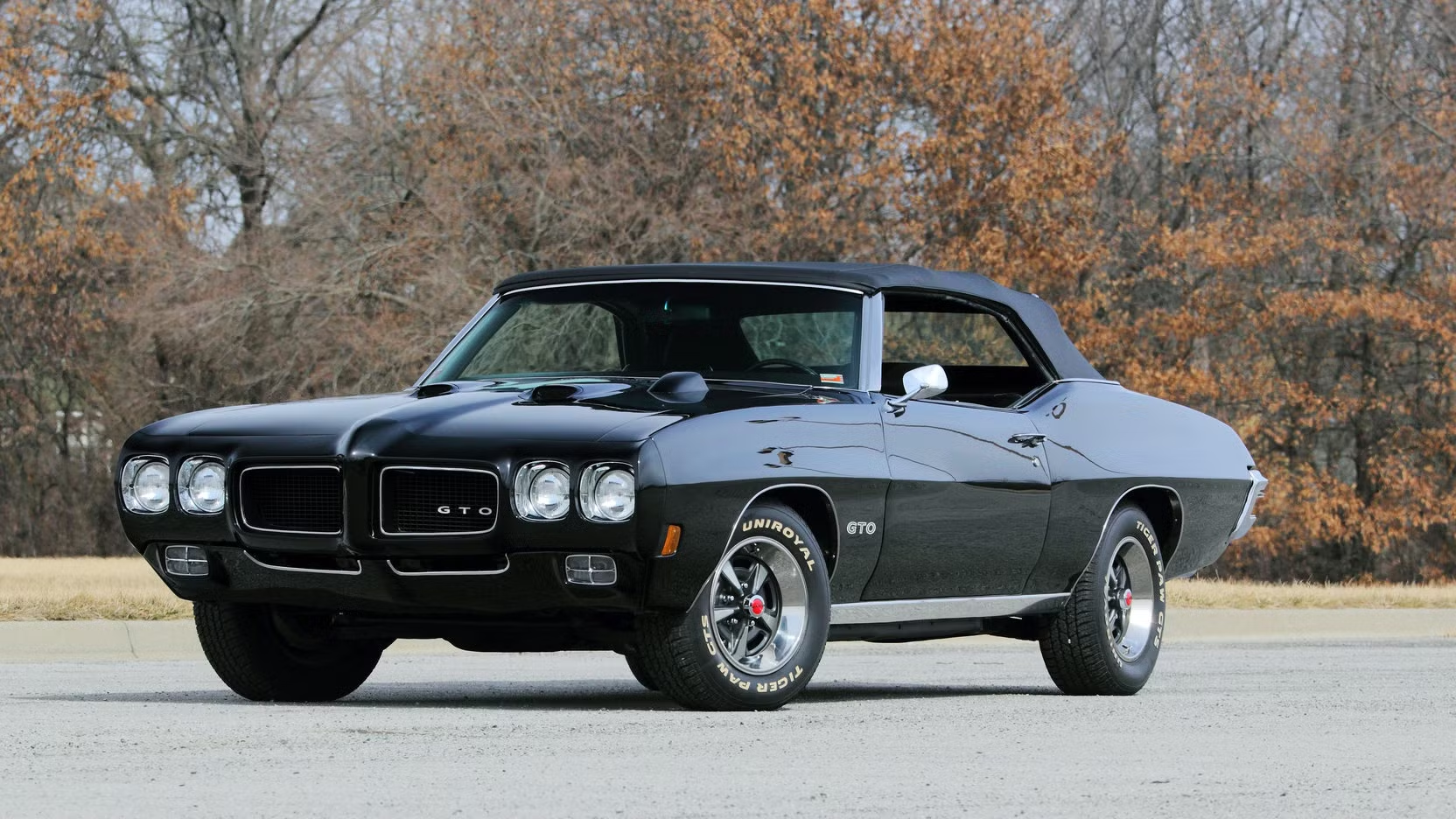
Pontiac was a beloved car brand known for its stylish vehicles and performance. However, the economic crash of 2008 and changing consumer preferences led to its decline, resulting in the brand’s discontinuation in 2010.
The reasoning behind the death of Pontiac is directly attributed to it being a necessary part of a restructuring plan during the financial crisis. The brand had been unprofitable for several years leading up to its discontinuation, and it was selling rebadged Chevrolet vehicles at lower prices, which further undermined its viability. Despite some recent speculation about a potential revival, Pontiac remains discontinued as of now.
3. Blackberry Phones

Blackberry Phones are officially discontinued as of January 4, 2022, when the company decommissioned its legacy software and services, rendering older models non-functional. This decision marked the end of an era for Blackberry, which had once been a leader in the smartphone market. The decline was attributed to the company’s inability to adapt to the rise of touchscreen smartphones and the app ecosystem, leading to a significant loss of market share. Blackberry has since shifted its focus to cybersecurity and software solutions, moving away from consumer mobile devices.
2. VCRs
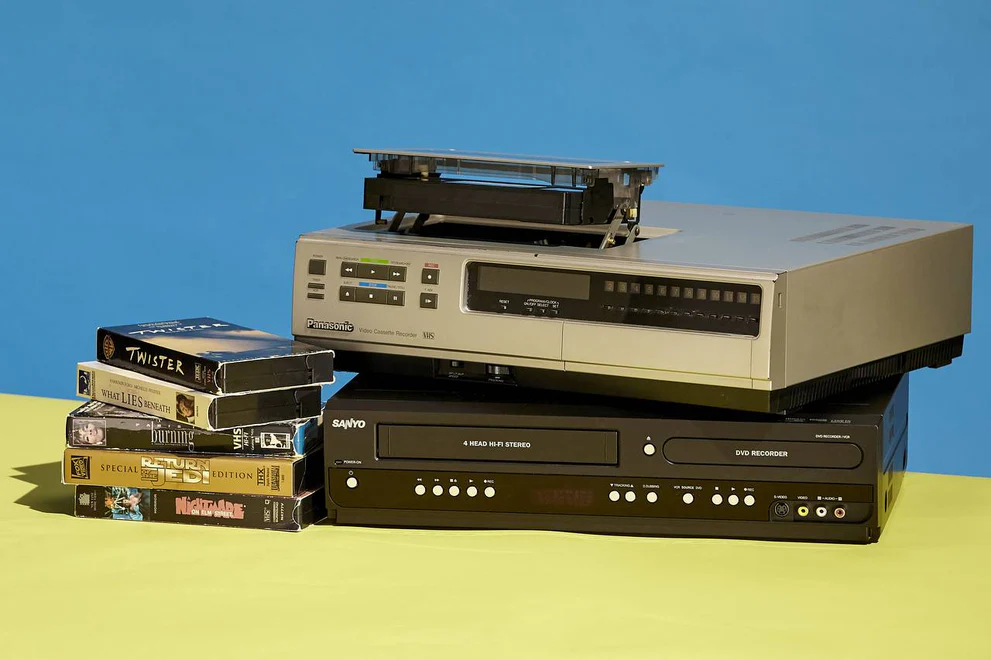
VCRs revolutionized home entertainment, allowing users to record and watch their favorite shows at their convenience. That said, VCRs are no longer in production, with the last manufacturer, Funai Electric, ceasing production in 2016 due to a significant decline in sales and difficulties in sourcing parts. The demand for VCRs has plummeted from 15 million units a year at their peak to just 750,000 in 2015, primarily driven by consumers needing to play existing VHS tapes.
1. Internet Explorer

Internet Explorer has been officially discontinued and is no longer supported as of June 15, 2022. Microsoft has permanently disabled the Internet Explorer 11 desktop application on most versions of Windows 10 as of February 14, 2023. The decline in its usage is largely understood to be outdated technology, security vulnerabilities, and the rise of competing browsers like Google Chrome and Microsoft Edge. In fact, the latter browser was designed to completely replace IE and has done so – any new Windows install features Edge front and center, with Inter Explorer now just another line item in Microsoft’s long list of defunct products.






